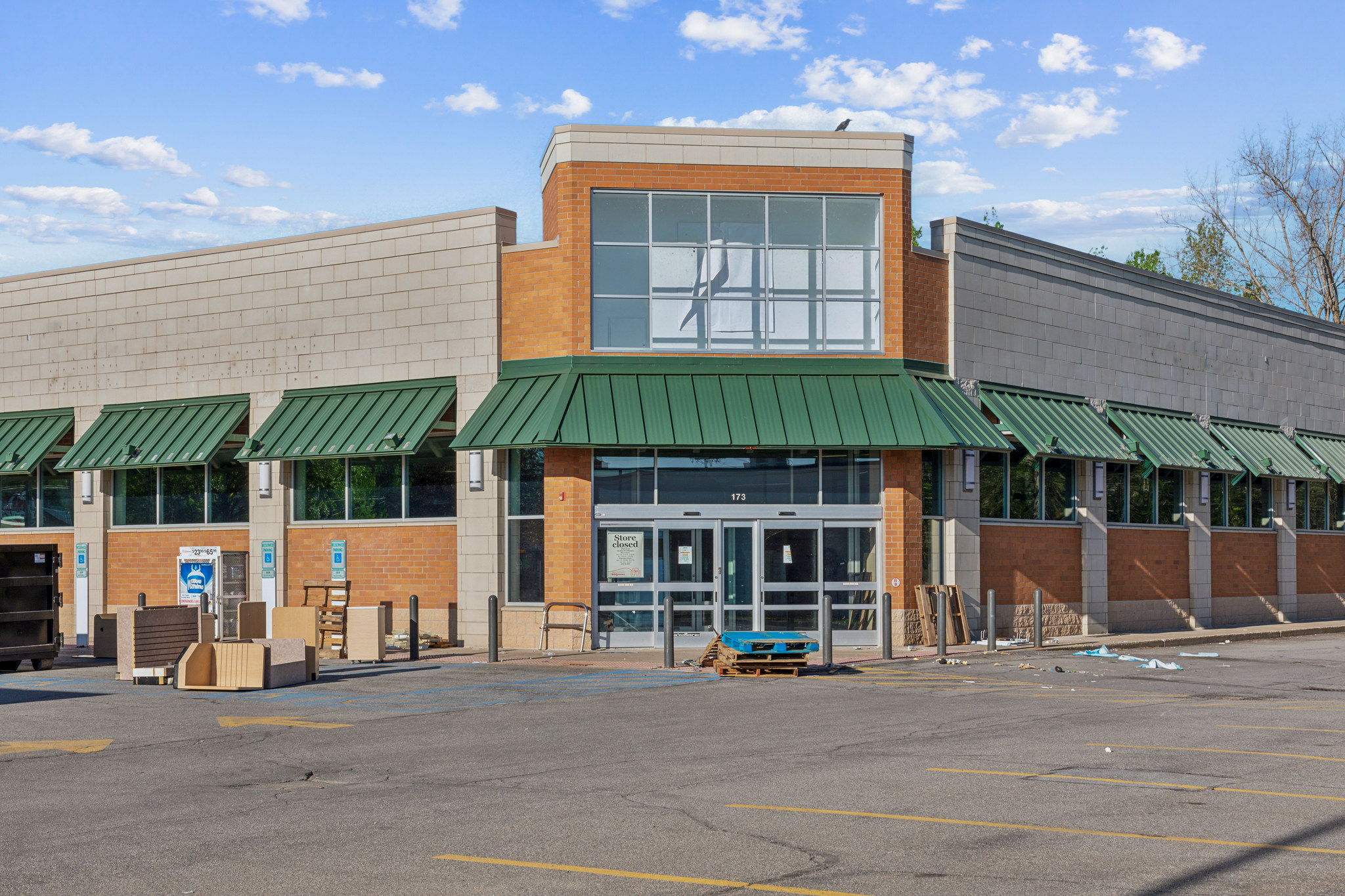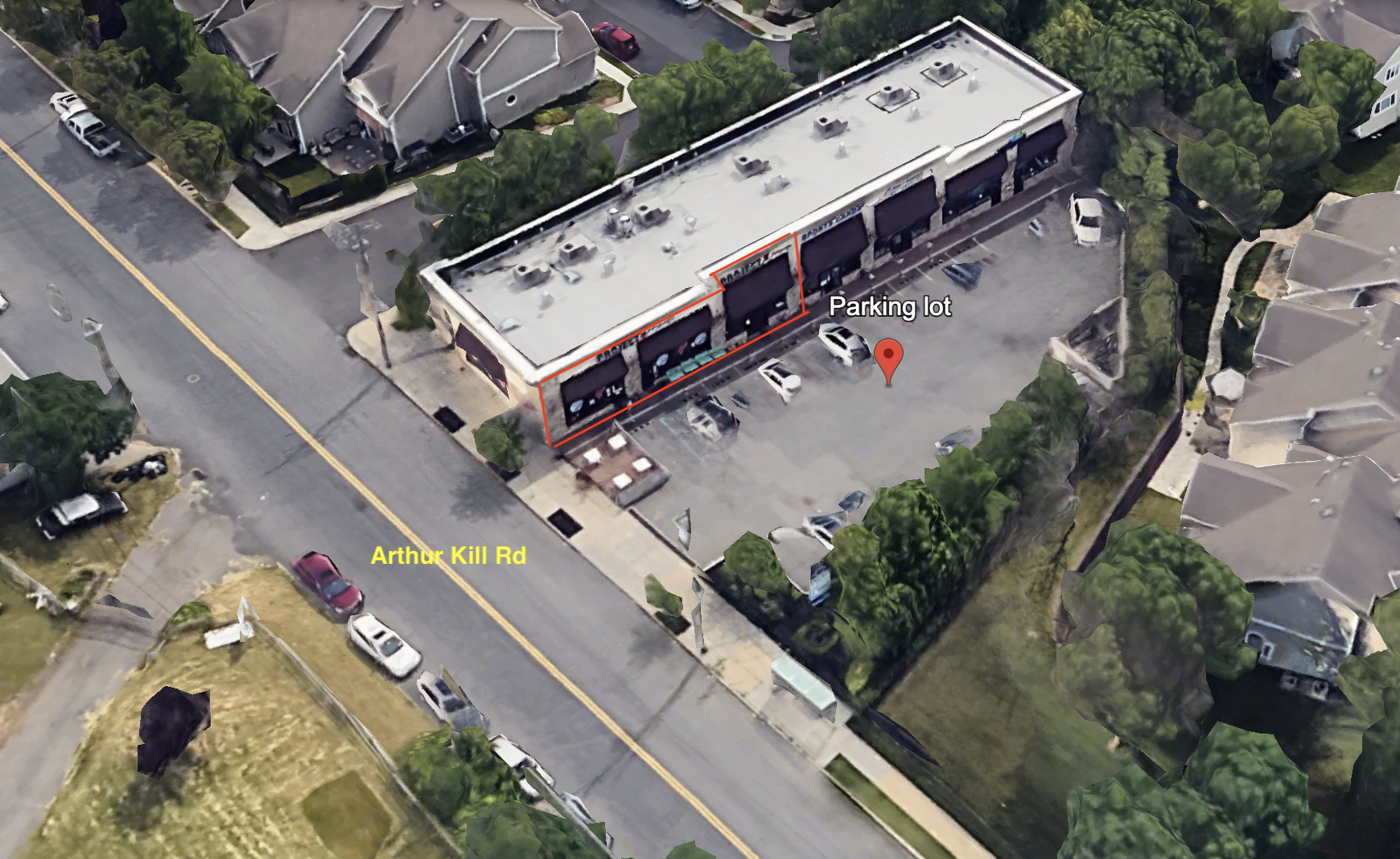Prevent More Damage
The first thing you need to do when you’ve got water damage is turning off the water source. If you can’t do this inside the home, shut it down via the shut off valve.
Once the water is off, you need to work out what type of water damage you have. Not all water is the same, and different types mean there are different levels of clean-up needed. It’s important you know what type of damage you’ve got.
Category 1 refers to issues like a flooded washing machine, or a bathtub overflow. Usually, Category 1 issues will be easier to fix and restore. This is because, generally, there’s not been a huge amount of water absorbed in the damaged area.
Category 2, referred to as ‘gray water’ is more serious. It’s considered not clean and will cause health issues to anyone who is in contact with it. You may need to replace the flooring, furniture, and affected appliances.
Category 3 is highly contaminated. You’ll often see this as a result of a sewer overflow. It doesn’t affect only the objects in your home but could compromise the structure too.
Contact Your Insurance Company
Flooding can happen for many reasons, a broken pipe, sewer overflow, or natural disaster to name a few. Whatever the reason, once the danger is over or the water is off, you need to contact your insurer.
The sooner you let them know, the more efficient and faster the process can be. Have your policy number to hand, and any extra information they might have to ask you for. The more information you have when you call, the easier it’ll be to proceed with your claim.
Prevent More Damage and Secure Any Valuables
When you’ve informed the insurers, you need to prevent and further damage to your property.
There’s a small window of time to salvage as much of your property as possible and prevent further damage. You should remove any excess water you can. For any valuables, you should take them to a dry and safe place to keep them in good condition.
Record Proof of Water Damage
Take videos and pictures of the damage to your property. Where you can, keep any broken parts that might have allowed the damage to take place.
This way, you’ll get the evidence to prove your claim. Also, bear in mind that you shouldn’t touch the scene where possible, and don’t throw anything out at first. Even if you want to get clearing up, hold off until the inspection by the adjuster.
Inventory Your Damaged Possessions
Your insurance policy should cover most of the restoration costs. It should also help with the disruption this event will cause.
To get the payout for your damaged items, insurers will need a detailed inventory. You need to put down the make and model number of each item, how old it is and it’s condition.
Keep in mind that replacement costs are different from the value of your items. An insurer will only pay for estimated repair costs, minus the decrease in value from age and wear.
Be Patient
Insurers will do a property inspection to see what the level of damage is. They’ll look at the level of repairs needed, and how much this will roughly cost.
If you start repairs before your insurer has approved them, you may lose the payout for repairs. Large claims, due to the extent of the damage, can take a while to settle.
Try to be patient and know that you’re going to have to wait. This way, you know your insurers will cover the cost of repairs and you won’t be out of pocket.
Hire the Professionals
Once your insurers give you the go-ahead, get everything in place as soon as you can. But, don’t go for the first company that you come across. There are some things you should check first.
Works with Insurance
Seeing as you’ll be claiming with your insurer, you need to make sure your contractor will work with them. A good restoration contractor will work with your insurer to get the job done. If they aren’t willing to do this, then move on.
Check Their Credentials & References
In the age of the internet, it’s easy to check references and reviews online. There’s no perfect company that’s all glowing reviews, but make sure there’s more good than bad. Ask family and friends too, you’re likely to know someone who’s gone through the same situation as you.
Water repairs have to follow industry standards. Look to make sure they’re IIRC certified like Renpros.com. No two water repairs will be the same, so they need to be able to think on the go and handle what they find.
What They’ll Do
The first priority a contractor will have is to make sure your property is safe again. They’ll secure your electrics, remove standing water, and dry out your property.
Items that need to go off for restoration, your restorers will take them to a secure off-site location. They will then restore them as much as they can.
Then, they’ll disinfect your home if it’s had gray water and deal with any mold or mildew. Dehumidification helps remove mold-causing moisture from a property. Your AC might be able to handle this. For larger, more serious floods you might need a high-volume dehumidifier. Fans will help to direct airflow too.
The ultimate goal will be to make sure your property and items dry out as soon as possible. This reduces the effect of long-term damage. It also increases the chance of restoration success.
Home Water Damage Restoration
No matter how prepared you are, water damage is always stressful. But by knowing what to do about home water damage restoration, you will be able to file your claim and get your home back in order in no time.
If you found this article useful, be sure to check out our other blog posts.







Leave a Comment